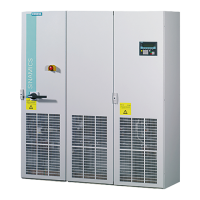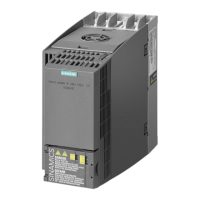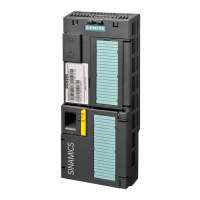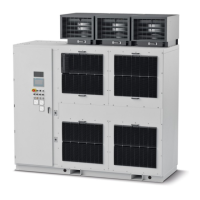Electrical data
4.4 Definitions
Synchronous Motors 1FK7
Configuration Manual, (PFK7S), Edition 12.2006, 6SN1197-0AD16-0BP1
49
Maximum speed n
max
The maximum permissible operating speed n
max
is the lesser of the maximum mechanically
permissible speed and the maximum permissible speed at the converter.
Maximum permissible speed (mechanical) n
max
.
The maximum mechanically permissible speed is n
max mech
. It is defined by the centrifugal
forces and frictional forces in the bearing.
Maximum permissible speed at converter n
max Inv
The maximum permissible operating speed for operation at a converter is n
max Inv
(e.g., limited by withstand voltage, maximum frequency).
Maximum torque M
max
Torque that is generated at the maximum permissible current.
The maximum torque is briefly available for high-speed operations (dynamic response to
quickly change loads).
The maximum torque is limited by the closed-loop control parameters. If the current is
increased, then the rotor will be de-magnetized.
Max. current I
max, RMS
This current limit is only determined by the magnetic circuit. Even if this is briefly exceeded,
it can result in an irreversible de-magnetization of the magnetic material. Specification of
the RMS value of a sinusoidal current.
Torque constant k
T
(value for a 100 K average winding temperature rise)
Quotient obtained from the static torque and stall current.
Calculation: k
T
= M
0 (100 K)
/ I
0 (100 K)
The constant applies up to approx. 2 ∙ M
0(60 K)
in the case of
self-cooled motors
Note
This constant is not applicable when configuring the necessary rated and acceleration
currents (motor losses!).
The steady-state load and the frictional torques must also be included in the calculation.
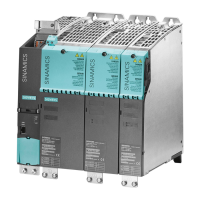
